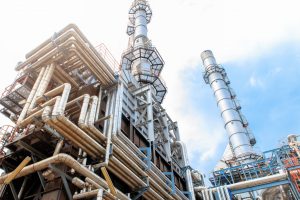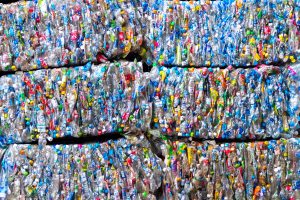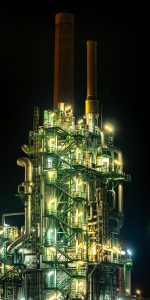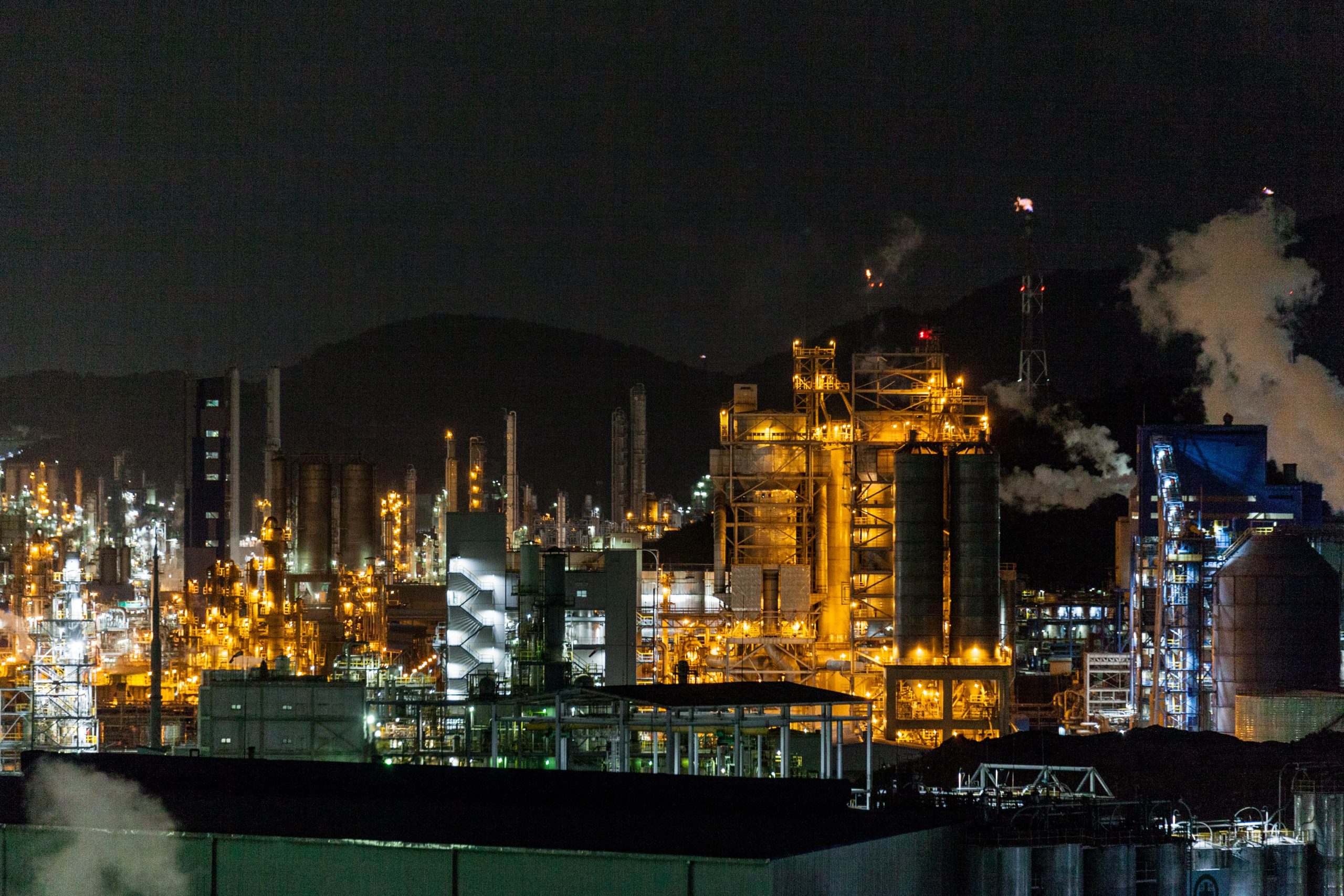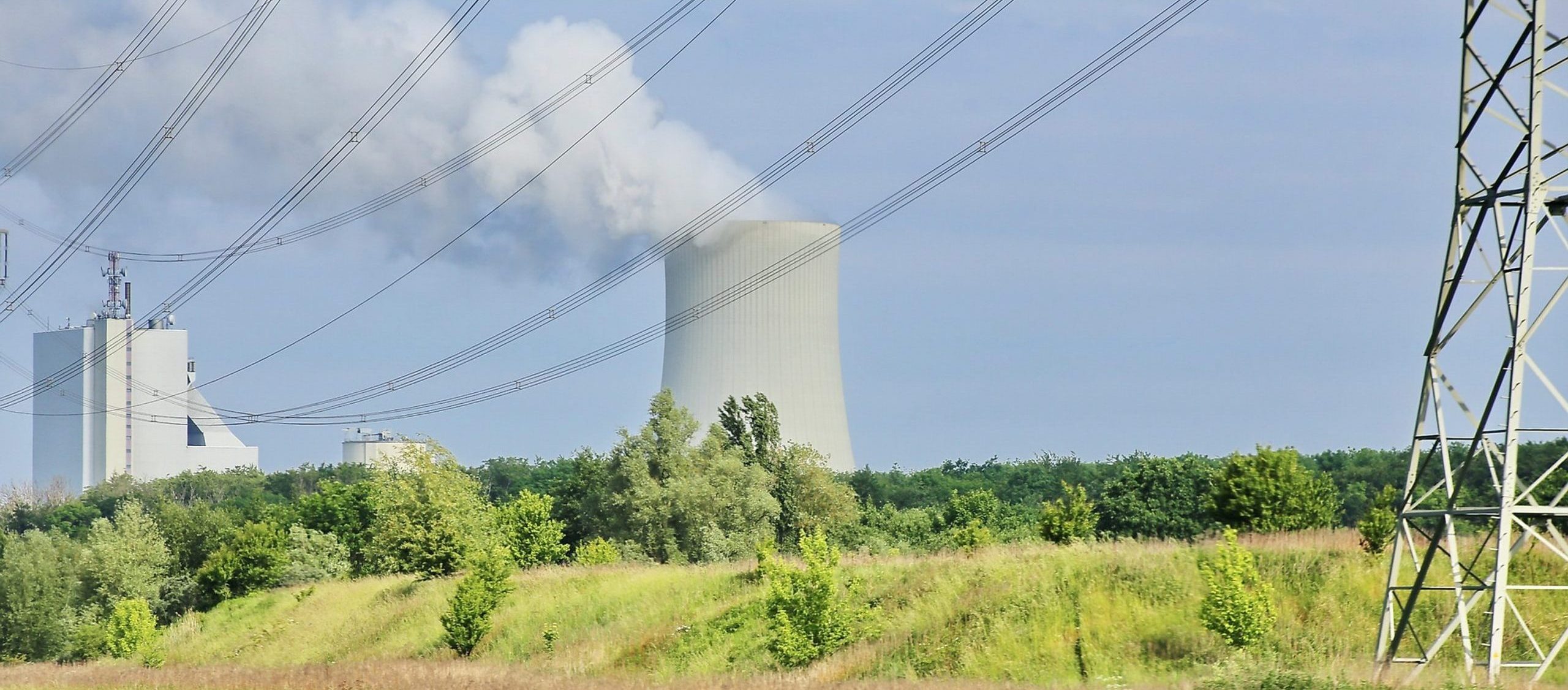WS3 Process energy and GHG emissions
Background: Product emissions arising from chemical plants are functions of the fuels and feedstocks used, unit process yields, emissions arising from chemical reactions, and energy efficiencies at both the unit process and production system levels. These factors can often be captured by process engineering models, which, in turn, can be used to fill important chemical industry energy and emissions data gaps in two important ways.
First, they can be used to disaggregate sector-level energy and emissions totals (e.g. for all of petrochemicals) into unreported subsectors (e.g. aromatics) in a rigorous way, in combination with published industry data, such as production quantities and typical process technologies. Subsector estimates (e.g. aromatics) can then be mapped to specific products (e.g. polystyrene) on the basis of mass inputs for life-cycle energy and emissions accounting purposes. Second, given their technology richness, they can be used to explore various technology levers for decarbonizing chemicals production. Both applications are fully replicable by the research community, extendable to new regions with sufficient data, and have been proven successful in previous chemical industry energy and emissions accounting and decarbonization studies conducted by the WS3 research team.
Proposal: In the following tasks we will disaggregate WS1 energy use and emissions data into more detailed industry subsectors, products and processes for incorporation by WS2, 6 and 7, and use this technology richness to further explore different levers for dramatically decarbonizing future chemicals production:
Baseline process energy and emissions analysis: We will
– construct and validate archetypal process engineering models for major chemical subsectors (in coordination with WS5);
– compile industry data to quantify (in coordination with WS7) production quantities, plant capacities, plant vintages, feedstock types, typical technologies, and (in coordination with WS6) trade flows at the regional and global levels;
– develop a computational optimization framework to combine bottom-up process engineering models, industry data, and top-down energy/emissions statistics from WS1 to generate subsector-, product-, and process-level energy and emissions (both GHGs and non-GHG) intensities for use in WS2, 6 and 7, inclusive of chemical reaction emissions derived from stoichiometric approaches;
– use modeling data to construct dynamic Sankey diagrams to illustrate energy and emissions flows associated with mass flows, with WS2.
Decarbonization scenario analysis: We will
– compile and derive technology performance and economic data for promising low-carbon process technologies (i.e. electrification technologies, advanced energy-efficient processes, biomass and hydrogen feedstocks, solar thermal heating, and CCSU);
– integrate baseline process archetype models and process technology options into a plant-level simulation framework;
– use the simulation framework to identify viable decarbonization pathways, quantifying the energy, resource input, and GHG and non-GHG emissions implications of each scenario at the global and regional levels. We will interpret these results in light of the wider modelling literature on climate change impacts.
Methodology: For each major chemical subsector within the scope of the project, a set of archetypal process engineering models will be developed by constructing unit process mass and energy balances, typical unit process sequences, and typical process conversion and energy efficiencies by feedstock. This will use a generalized process system modelling approach based on thermodynamic analysis of standard unit processes (e.g. separations, compression, heating) and reactions, as well as published process engineering models and descriptions, including related work by the C-THRU research team.
The decarbonization scenario analysis will use the TIMES platform, which are developed by and shared among a global community of energy analysts and will enable the project to contribute directly to the broader climate community and leverage data developed by other TIMES research groups.
To populate the model, a comprehensive dataset of low-carbon technology options will be generated, inclusive of mass and energy balances, technology readiness levels and economic data. Options will include process electrification (e.g. mechanical separations, heat pumps, and microwave-enhanced catalysis), bio-based feedstock processing, hydrogen feedstock pathways (e.g. renewable electricity with electrolysis, methane pyrolysis), advanced energy efficiency practices (e.g. process intensification), use of recycled feedstocks (in coordination with WS5), solar process heating, and carbon capture, sequestration, and utilization. These data will be based on a comprehensive review of process innovations from the scientific literature, technology roadmaps, and pilot and start-up plants.
Deliverables: The workstream will provide access to the computational model for decomposing emissions, the low-carbon technology dataset, and the TIMES module as outputs. The insights will be published in academic journal papers, including a review of technologies, regional emissions accounts, and projected mitigation scenarios.
